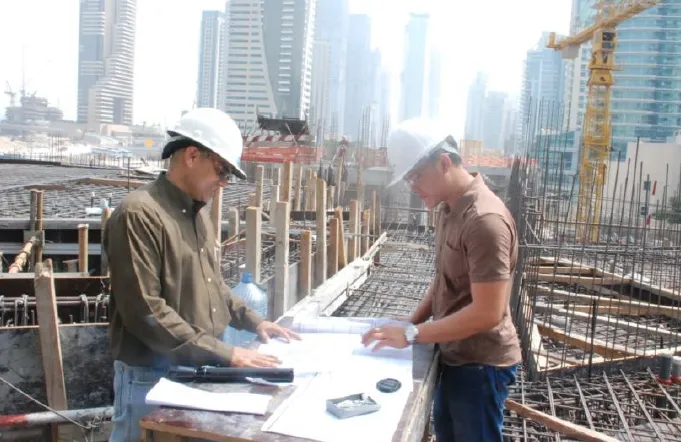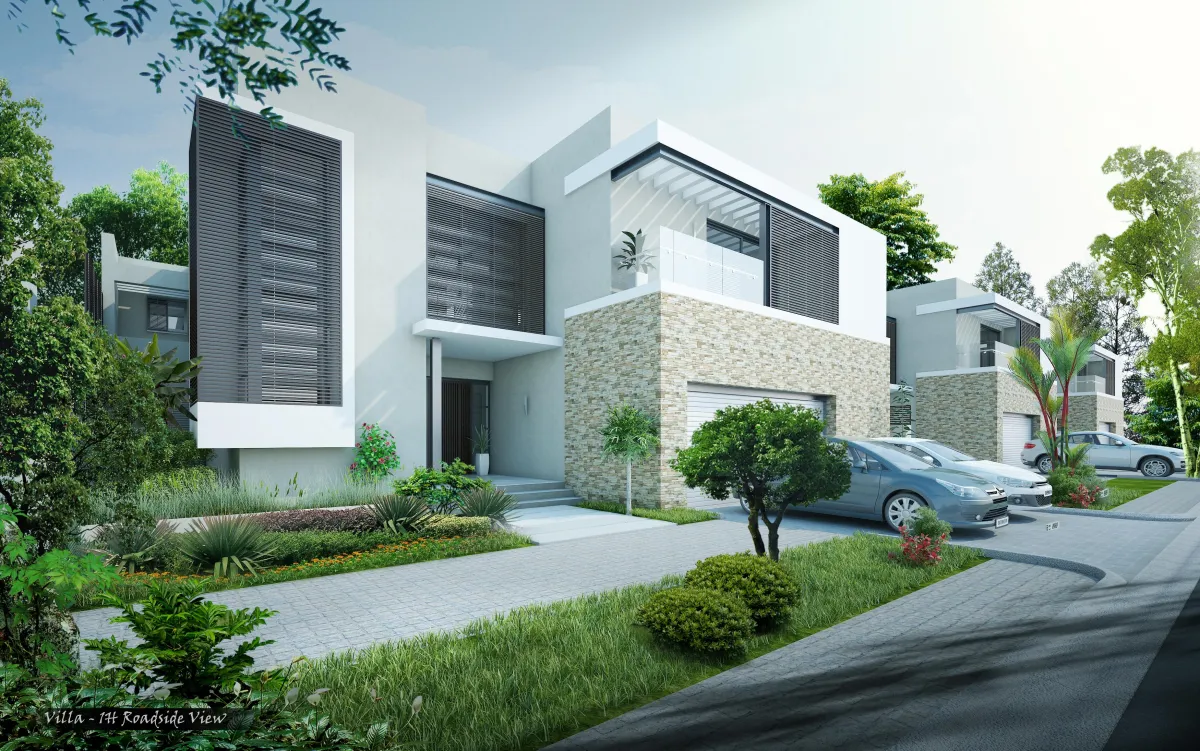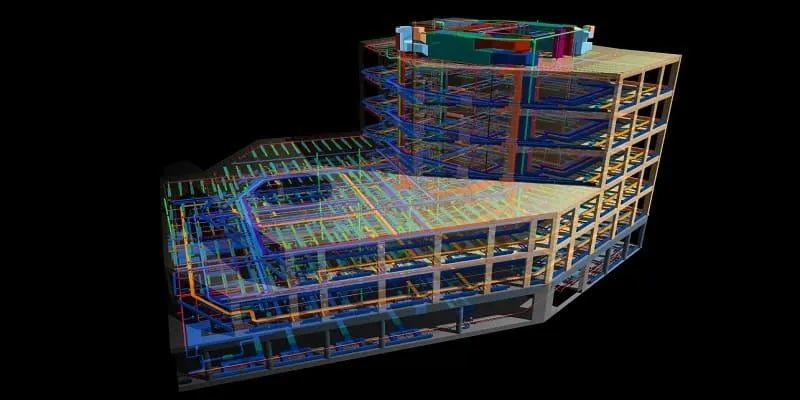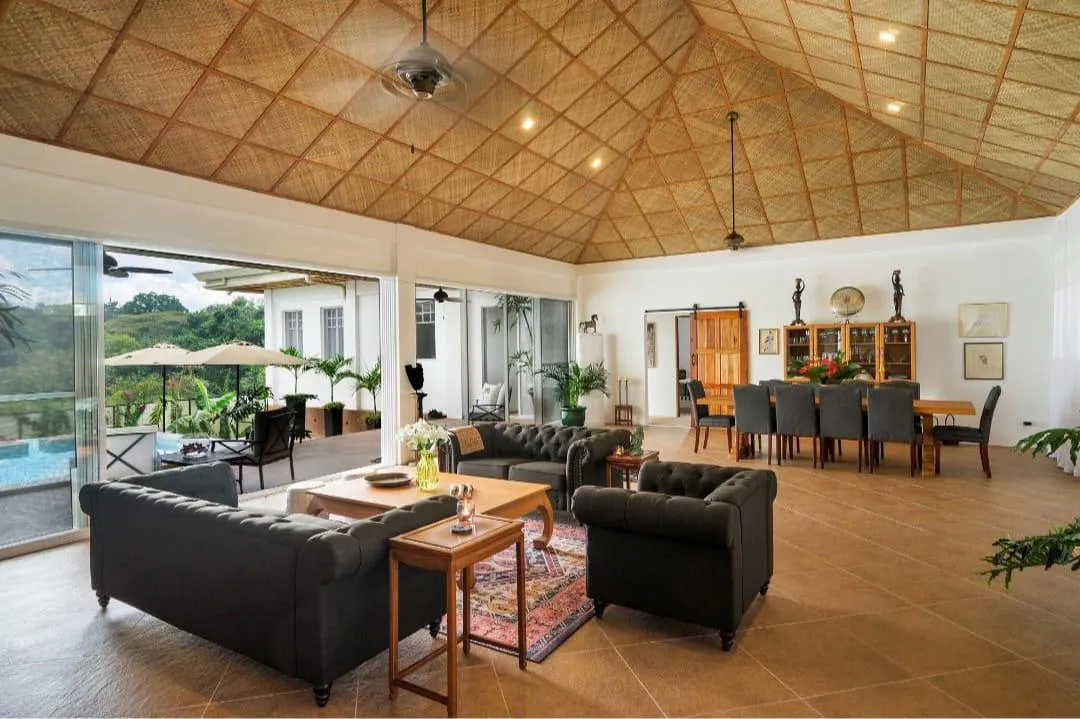Welcome to
ISLAND BUILDS


Sustainable Building Practices in Asia: A Guide for Foreign Investors
Sustainable Building Practices in Asia: A Guide for Foreign Investors
Published on October 10, 2024
Introduction
The rapid growth of the Asian economy has led to an unprecedented boom in the construction industry. As foreign investors look to capitalize on this growth, sustainable building practices have become a crucial aspect of successful projects. Embracing eco-friendly construction not only aligns with global environmental goals but also offers competitive advantages in the market. This guide explores the sustainable building landscape in Asia, offering insights and strategies for foreign investors.
1. Overview of Sustainable Building Practices in Asia
Growth of Sustainable Construction in Asia
Asia has become a global leader in sustainable construction, accounting for over 50% of green building projects worldwide. Governments across the continent are implementing policies and incentives to promote eco-friendly construction, recognizing the need to balance economic growth with environmental stewardship. The 2024 Asian Green Building Summit in Singapore highlighted a 30% increase in green buildings since 2020, underscoring the region's commitment to sustainability.
Importance for Foreign Investors
For foreign investors, understanding and adopting sustainable practices is essential. Sustainable buildings often yield higher returns on investment, with studies showing a 7% increase in ROI compared to traditional buildings. Moreover, eco-friendly projects are more attractive to tenants and buyers who are increasingly conscious of environmental impacts. Aligning with sustainability not only meets regulatory requirements but also enhances brand reputation.
2. Key Sustainable Building Strategies
Energy-Efficient Design and Renewable Energy Integration
Implementing energy-efficient designs is a cornerstone of sustainable construction. Passive design strategies, such as optimizing natural light and ventilation, can reduce energy consumption by up to 40%. Integrating renewable energy sources like solar panels and wind turbines further enhances efficiency. For instance, solar-powered buildings in Thailand have set new standards for energy independence in the region.
Use of Eco-Friendly Materials
Choosing sustainable materials significantly reduces the environmental footprint of a building. Materials like bamboo, which is abundant in Asia, offer a renewable alternative to traditional resources. Bamboo construction can reduce emissions by 20% compared to steel. Indonesia has seen a surge in bamboo structures that combine modern aesthetics with sustainability.
Waste Management and Recycling in Construction
Effective waste management is vital for minimizing the environmental impact of construction. Strategies include recycling materials on-site and using prefabricated components to reduce waste. Japanese construction sites have adopted practices that reduce waste by 75%, setting an example for the industry.
3. Navigating Environmental Regulations and Certifications
Environmental Compliance in Asian Countries
Compliance with environmental regulations is mandatory and varies across countries. Non-compliance can result in penalties reaching up to $500,000. Engaging local legal experts ensures adherence to laws and smooth project execution. In Vietnam, understanding local environmental laws has been crucial for successful foreign investment.
Sustainable Building Certifications in Asia
Certifications like LEED and BREEAM are widely recognized and offer credibility to sustainable projects. Buildings with these certifications have 5% higher occupancy rates. Additionally, countries like China have introduced their own certifications, such as the Three Star system. In Malaysia, LEED-certified projects have attracted significant international attention.
4. Cultural Considerations in Sustainable Building
Incorporating Local Traditions and Materials
Respecting cultural heritage enhances the acceptance and success of construction projects. Incorporating local design elements and materials not only preserves tradition but also contributes to sustainability. Traditional Thai architecture integrated into modern buildings exemplifies this approach, creating structures that are both culturally significant and environmentally friendly.
Engaging with Local Communities
Community involvement is essential for project approval and success. Projects that engage local communities face 50% fewer delays. In the Philippines, community-inclusive projects have fostered goodwill and facilitated smoother operations. This engagement ensures that developments meet local needs and expectations.
Conclusion
Sustainable building practices in Asia offer foreign investors a pathway to successful, eco-friendly projects that align with global and local priorities. By embracing energy-efficient designs, using eco-friendly materials, navigating regulations wisely, and considering cultural factors, investors can achieve greater returns and contribute positively to the environment. Consulting with local experts and communities enhances these efforts, paving the way for long-term success.
FAQ Section
What are the benefits of sustainable building practices in Asia?
Sustainable building practices lead to cost savings through energy efficiency, compliance with environmental regulations, and increased market appeal due to growing environmental awareness among consumers.
How do I navigate environmental regulations in different Asian countries?
Engaging local legal experts and consultants is crucial. They can provide up-to-date information on regulations and help ensure compliance, avoiding costly penalties.
What sustainable certifications are recognized in Asia?
LEED and BREEAM are internationally recognized, while countries like China have the Three Star system. These certifications enhance credibility and can improve occupancy rates.
How can I incorporate local culture into my building project?
By using local materials and integrating traditional design elements, you respect cultural heritage and improve community acceptance. Consulting with local architects and cultural experts is beneficial.
Is sustainable building more expensive?
While initial costs may be higher due to materials and technologies, long-term savings from energy efficiency and higher ROI often offset these expenses.





